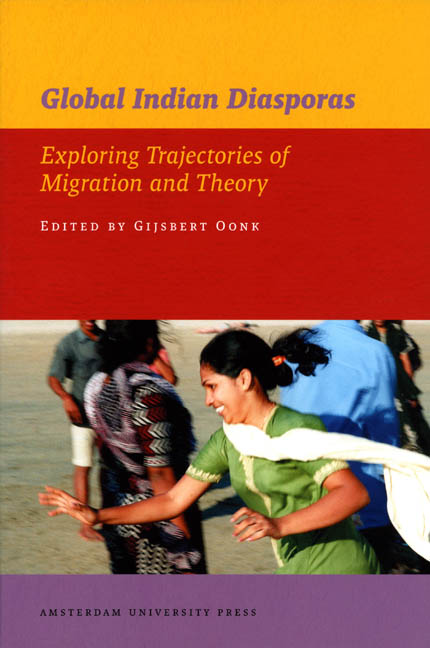2 - Multanis and Shikarpuris: Indian Diasporas in Historical Perspective
Published online by Cambridge University Press: 23 January 2021
Summary
Defining ‘Merchant Diaspora’
In recent years, the term ‘diaspora’ has been more frequently used to characterise peoples existing away from their homelands. Khachig Tölölyan, editor of the journal Diaspora, asserts that ‘the term that once described Jewish, Greek, and Armenian dispersion now shares meanings with a larger semantic domain that includes words like immigrant, expatriate, refugee, guest-worker, exile community, overseas community, [and] ethnic community’ (Tölölyan 1991: 4). Others have even more broadly defined diaspora as ‘that segment of a people living outside the homeland’ (Connor 1986: 16). Expanding the definition to include virtually any group of people living beyond the boundary of its perceived homeland has enhanced the term's utility for the emerging discipline of Transnational Studies by facilitating comparative studies and providing new topics of inquiry and a model for understanding such phenomena. However, the rather amorphous and potentially confusing nature of the term's contemporary usage risks diminishing its effectiveness, motivating a narrower definition for the present discussion.
The etymology of the word ‘diaspora’ can be traced to the Greek ‘diasporá, derived from the combination of dia, meaning ‘over’, and speiro, ‘to sow’, as in scattering or planting. The term was probably first used in the third century B.C.E. by Greek-speaking Jews in reference to their exile from the holy land and dispersion among the Gentiles in the sixth century B.C.E. In this context, the term refers to a situation in which a number of communities sharing a common national, religious, or ethnic identity exist apart from a common homeland. The term also implies that, over time, the communities maintain their distinctive identity, despite their existence as a distinct minority living in a host society. A diaspora community therefore avoids assimilation, and may employ any of a number of techniques to do so. These include: continued identification or interaction with its unique homeland; use of a specific language; identification with a socio-religious system other than that of the host society; the maintenance of a residence in a communal settlement separate from the host society; economic specialisation; and the pursuit of bilateral relations with similar, geographically dispersed diaspora communities.
- Type
- Chapter
- Information
- Global Indian DiasporasExploring Trajectories of Migration and Theory, pp. 31 - 66Publisher: Amsterdam University PressPrint publication year: 2007
- 3
- Cited by



